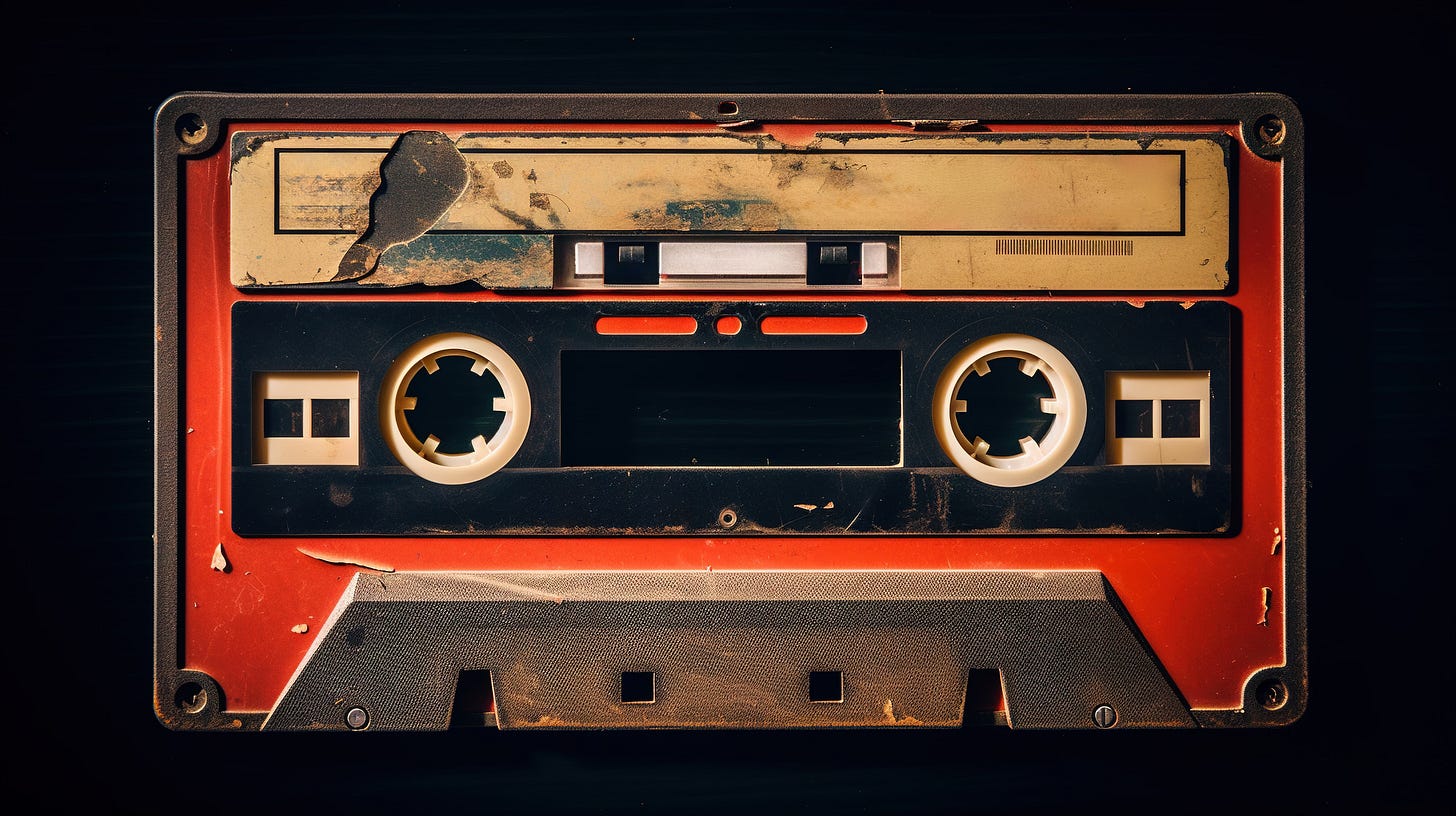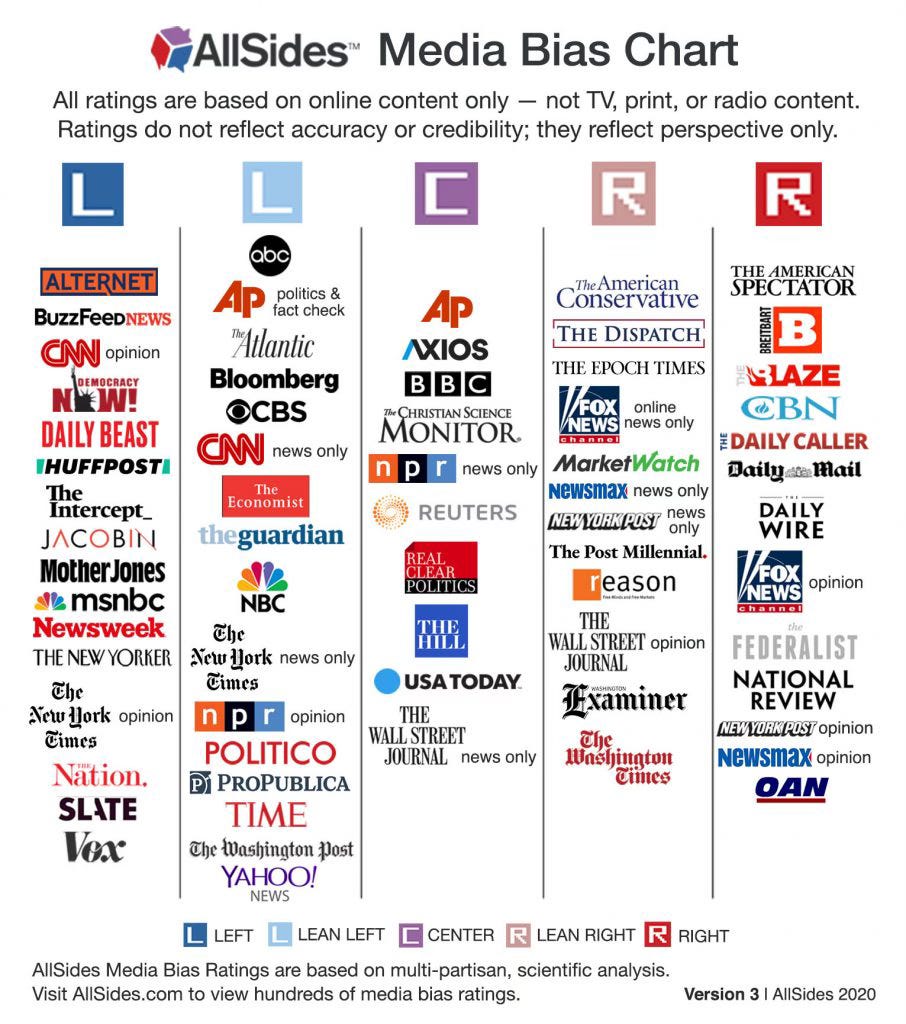From Soundtracks to Soundbites
what mixtapes and newsreels tell us about a lost collective experience
Mixtapes from the 70s and 80s. Remember? If you lived through the era of cassette tapes you would. The idea is that you could curate your own playlist of music. The alternative was the Hi-Fi (precursor to the stereo system…google it if you don’t know) where you could listen to Crosby, Stills and Nash’s first album, Side A — Suite Judy Blue Eyes to Pre-Road Downs — then swap records on the turntable and play Ritchie Havens’ Mixed Bag, and so on. It was relatively labor-intensive.
Then came cassette recorders and I could fill an entire 120-minute Ampex cassette tape — 60 minutes on each side — with individual songs from different artists in whatever order I wanted. These were exciting times. In the very early years of cassette recorders, my approach was very low-tech: place recorder microphone near the Hi-Fi speaker (there was only one), get the tape ready to record, reach into the Hi-Fi and place the tone arm on the groove of the song you want, quickly press the red “Record” button on the cassette recorder, and voilá!
Except don’t say voilá! because you’ll hear it on the playback. In fact, you’ll hear everything. Take off your shoes. Close the window. Take the phone off the hook (google it). The seasoned curator of mixtapes would then carefully scribe the playlist onto the little paper insert of the cassette case.
Fast forward to the early 1990s, when the CD had become the main digital music storage device, surpassing both long-playing records and cassettes. Each disc could hold eighty or so minutes of music. When she was a teen, my daughter Hannah made me a mix CD of music she listened to that she thought I would like. “Daddy’s Mellow Mix” was a favorite: Brandi Carlile, Fine Young Cannibals, MGMT, Elliot Smith. Mates of State. And others. Gotta love it.
Something else happened between these generations of music enthusiasts. Rick Beato, American YouTube multi-instrumentalist and teacher, describes the transition since the late 20th century this way:
Mass media — meaning radio, TV, MTV, print media — was all coordinated with major labels which controlled the distribution channels of the music to create dominant narratives which made it easier to label the era in terms of a few breakout genres or styles…
…such as the swing era in the 1930s and 40s, rock and roll in the 50’s and 60’s, pop music in the 80s, alt-rock in the 90s.
Then came the game-changers: Napster, Amazon Music, iTunes Store, Spotify, Sirius XM. Beato argues that these services have changed the way we discover and consume music:
Today there is no unifying broadcast platform that forces this collective experience for listeners.
A logical corollary is the news industry. Growing up, my parents got two newspapers each day — The Morning News and The Evening Journal (Wilmington, DE). There were three broadcast TV stations — ABC, NBC and CBS — each with some version of a half hour news program — national news at 6:30pm, and local news at 11:00pm. Time Magazine and Newsweek rounded out the print-based news. Local radio stations also had news. But in all cases — print, radio and television — the news was curated by a relatively few outlets. We had something akin to a collective experience for the news. Arguably, we all knew the same things. And if there was something that was not in “the news of the day” — well, nobody knew about it.
Newsreels. Remember? My parents did. The movie theater experience in their day included a short feature of news from around the world. Newsreels became a standard part of the movie-going experience in the 1920s and 30s — one of the primary ways people saw moving images of current events, such as wars, sports, and presidential inaugurations.
The golden age of the newsreel was during World War II. With limited television, newsreels brought war footage and international coverage to the public, with an authoritative narrator, dramatic music and a patriotic flair. Here is a Fox Movietone News reel excerpt related to post-WWII rebuilding efforts dated November 4, 1942. You can almost hear the animated, up-beat optimism in the (white male) voice:
Across the nation, rebuilding is underway! New homes are rising from the ashes of war‑stressed cities, their modern designs symbolizing hope and renewal.
Factories that once churned out tanks and munitions now redirect their presses to produce appliances for the American family.
From steel beams to breakfast tables, the engines of industry—and dreams—are back in motion!
“The engines of industry — and dreams — are back in motion!” Now that’s a soundbite. From eight decades ago! It might have been the first one.
These days, the only thing back in motion is the scroll wheel on our phones. Instead of mixtapes or newsreels, we’ve got a curated avalanche of content, most of it calibrated to keep us inside our own echoey world.
At least in the 1940s, the propaganda was only ten minutes and came with popcorn.
Notes:
https://www.allsides.com/unbiased-balanced-news
Fox Movietone Newsreel, source material https://digital.tcl.sc.edu/digital/collection/mvtnwarfilm/id/3973/?utm_source=chatgpt.com
National Archives article on newsreels https://www.archives.gov/publications/prologue/2015/fall/united-newsreels.html?utm_source=chatgpt.com





"Except don’t say voilá! because you’ll hear it on the playback. In fact, you’ll hear everything. Take off your shoes. Close the window. Take the phone off the hook." 😅
Thank you for highlighting these memories,, so different from now, that most of us grew into adulthood with. I think you and I often look to understand how (and where) the social fabric has shifted, looking for evidence of what that's done to humanity. That our collective experiences have morphed and dwindled is surely paramount.
Also, here we go again with synchronicity, given that I'm still creating my own version of "mixtapes" via Spotify and shared one today. I've created playlists for my kids every year since 2019. Where there's a will, there's a way!
Thank you Stew for capturing the history: all so relatively recent and incredibly fast-paced, from analogue to digital, LP and cassette to CD and now streaming. Great also to think back to the days when we had the morning and evening newspapers delivered, and the newsreels in the movie theaters. Quite amazing that our kids and grandkids would have to google so much of what we experienced in our lifetimes!